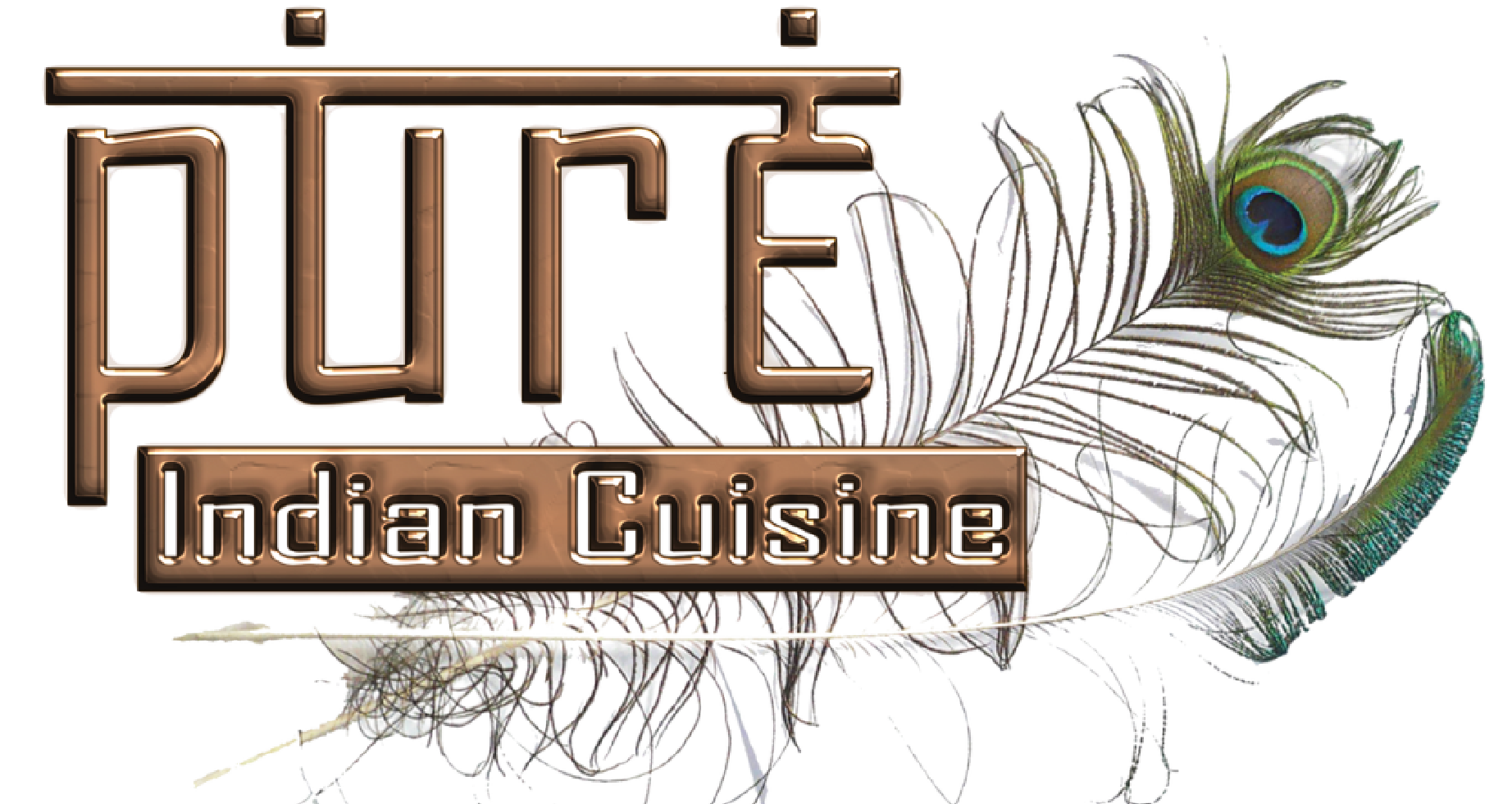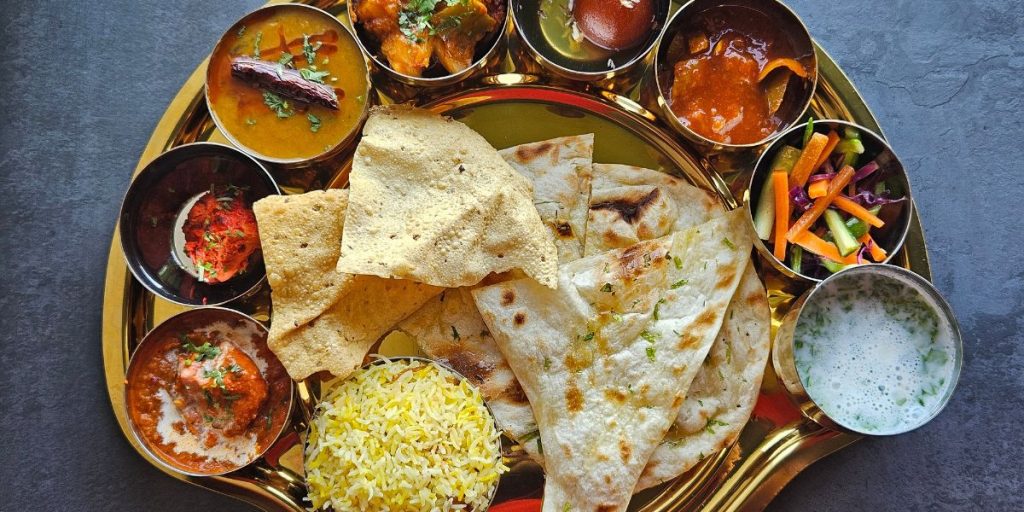Indian cuisine is a world of colors, aromas, and flavors that reflect the country’s diverse traditions and communities. While Indian dining is often associated with sizzling kebabs and rich meat curries, the soul of Indian cooking lies just as deeply in its pure vegetarian dishes. For centuries, vegetarian cuisine in India has not been seen as a limitation but rather as an art form — one that celebrates the bounty of nature. From hearty lentil curries to royal paneer delicacies, every dish tells a story of heritage, health, and hospitality.
A Heritage Rooted in Tradition
The tradition of vegetarian cooking in India has deep cultural and spiritual roots. In many regions, vegetarianism is tied to religious practices such as Hinduism, Jainism, and Buddhism, where food is considered sacred and a way to nourish not only the body but also the soul. Over generations, families have passed down recipes, perfecting them with love, care, and local ingredients.
Whether in the bustling streets of Delhi or the quiet kitchens of rural Rajasthan, vegetarian food has always brought people together. Festivals, weddings, and everyday meals alike are centered around a wide variety of plant-based dishes — each offering comfort, nourishment, and connection.
A Palette of Flavors and Ingredients
What makes Pure Vegetarian Indian Cuisine so extraordinary is its diversity. Rather than relying on a single “flavor profile,” it offers a full spectrum of tastes — spicy, tangy, smoky, creamy, and even sweet.
Lentils and beans form the backbone of many dishes, providing protein and heartiness. Vegetables, from humble potatoes and peas to exotic mushrooms and gourds, are transformed into unforgettable meals with the help of spices like cumin, turmeric, and garam masala. Paneer, India’s beloved cottage cheese, takes on countless forms — from grilled to simmered in velvety sauces. Every meal is balanced with breads like naan and roti or aromatic rice dishes that soak up the flavors perfectly.
Must-Try Vegetarian Dishes
If you’re new to Indian vegetarian food, here are some dishes that will capture your senses and leave you craving more:
- Paneer/Veg Tikka Masala: A creamy, spiced tomato curry where paneer or vegetables are cooked in a smoky tikka-style sauce. It’s one of the most iconic and universally loved dishes.
- Karahi Paneer: Paneer cooked with bell peppers, onions, and robust spices in a traditional wok-like pan, giving it a rustic flavor.
- Shahi Paneer: Literally “royal paneer,” this dish features a cashew-and-cream sauce that is luxurious, mildly sweet, and unforgettable.
- Kofta Malai: Soft dumplings made from paneer or vegetables, bathed in a rich, creamy sauce. A dish that feels indulgent with every bite.
- Dal Tadka: Yellow lentils cooked until creamy and topped with a sizzling tempering of ghee, garlic, and red chilies. Comfort food at its best.
- Dal Makhani: Black lentils and kidney beans slow-cooked for hours with butter and cream, creating a smoky, silky masterpiece.
- Matar Paneer: A home-style curry of paneer and peas in a spiced tomato gravy — simple yet deeply satisfying.
- Chana Masala: A hearty chickpea curry simmered with onions, tomatoes, and spices. Tangy, spicy, and protein-packed.
- Mushroom Masala Curry: Earthy mushrooms cooked in a savory onion-tomato base, bringing a different dimension to vegetarian dining.
- Paneer Biryani: Fragrant basmati rice layered with spiced paneer cubes, caramelized onions, and saffron. This festive dish is both aromatic and flavorful, offering the perfect balance of spice and richness.
- Peas Pulao (Matar Pulao): A light, fragrant rice dish made with basmati rice, fresh green peas, and whole spices like cumin and cardamom. Simple yet aromatic, it’s the perfect side to curries or dal.
These dishes highlight the versatility of Pure Vegetarian Indian Cuisine, proving that it’s anything but plain.
Health Benefits of Vegetarian Indian Cuisine
Aside from flavor, Pure Vegetarian Indian cuisine offers impressive health benefits. Lentils and beans are excellent sources of protein and fiber, supporting digestion and satiety. Vegetables provide essential vitamins and minerals, while spices like turmeric, ginger, and garlic bring natural anti-inflammatory and immune-boosting properties. Paneer offers calcium and protein, making it a wholesome addition to vegetarian diets.
Unlike many cuisines that treat vegetarian meals as side dishes, Indian cooking makes them the star of the table — ensuring that you don’t miss out on nutrition or satisfaction.
A Culinary Experience Beyond Food
Dining on Pure Vegetarian Indian Cuisine is more than eating a meal — it’s stepping into a cultural experience. Each dish carries centuries of tradition and the warmth of Indian hospitality. Sharing a bowl of dal or passing around a plate of paneer curry becomes a way to connect with family, friends, and even strangers.
From the busy bazaars of Delhi, where street vendors serve steaming chana masala, to the peaceful villages where grandmothers stir pots of lentils over wood fires, vegetarian food is woven into the very fabric of Indian life. It’s food that unites generations and communities alike.
Conclusion: A Flavorful Invitation to Pure Indian Cuisine
Pure Vegetarian Indian Cuisine is a celebration of flavors, health, and tradition. From the smoky Paneer Tikka Masala to the comforting Dal Tadka, each dish brings something unique to the table — both in taste and in the cultural stories it tells.
So, why not dive into this vibrant, healthy, and delicious world of flavors? We invite you to explore the culinary delights of pure vegetarian Indian cuisine, where every meal is a celebration of authentic recipes and rich traditions. Come, indulge in the healthful, vibrant, and absolutely delicious experience that is pure Indian dining.

